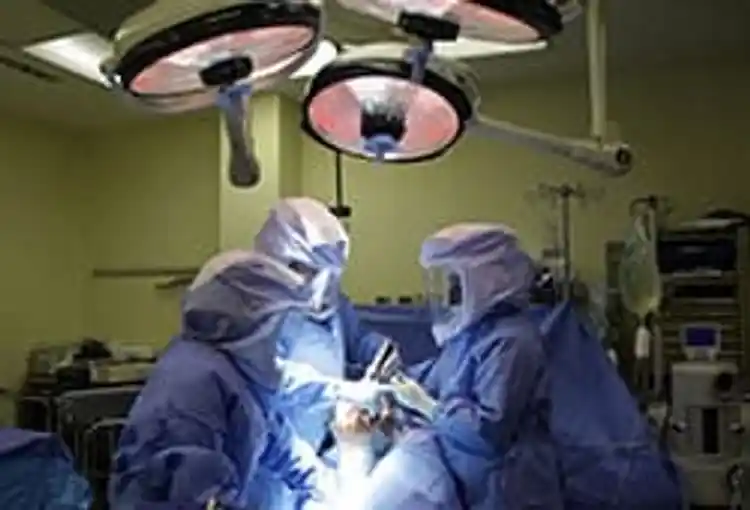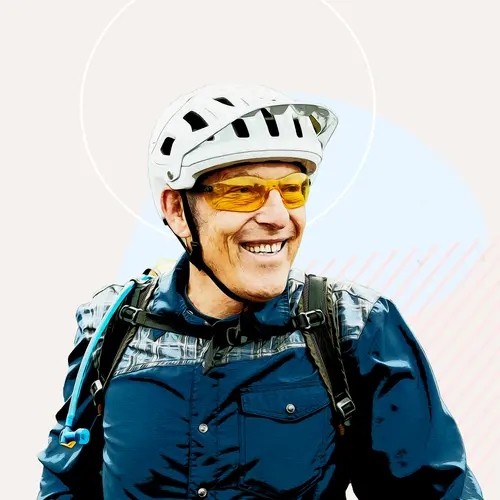Inside Knee Replacement Surgery

Hide Video Transcript
Video Transcript
John Henry, MD
Hi, I'm Doctor John Henry. Remember how I asked you to wiggle your foot? Can you do that? I'm an orthopedic surgeon and we've just completed a total knee replacement for a patient with severe osteoarthritis of the knee. Let me walk you through the process. On the morning of surgery the anesthesia doctors will tell you about regional nerve blocks. You're leg's going to jump ok? And I generally advise patients to go and have them because it's less pain. There's the drug right underneath the femoral nerve, right where we want it.
When they wake up from surgery, they can have this ongoing pain relief. While you're getting ready the OR team is making sure that the operating room itself is ready to go for your arrival. We actually rehearse the operation ahead of time so that we know the proper alignment and the implant sizing that it's going to take to restore normal knee function. We're using a computerized navigation system today.
So the computer knows at any one moment where the tip of this gun is. So right now I'm going to tell it where the center of the femur is. I'm also going to tell it where the axis is.
Previously we've used big drills to drill a big hole in the end of the femur. And then through that hole, we would run a rod up the length of the femur and our jigs would then slide over that rod for alignment. Nowadays, we don't do that with computer navigation… This is my cutting jig. This too has a tracker telling the computer where it is.
Instead, we attach what's called surface mounted navigational device… And the two major advantages are that we're not drilling a hole in the femur. So by not doing that there's less risk of blood loss. The other advantage is that we can intraoperatively verify accuracy of our cuts, something we could not do before So I'm not going to take quite as much bone there, I want that back to 12.
If we're off a degree, we can correct it. In the past we were never really sure if we were off at all… On the implant there are five cuts, so you're reshaping the end of the femur so that it will be properly sized to the implant. So we're gonna see now if our new surface that goes on there is gonna fit. (tap tap) I'm down. Looks good. Move on to resurfacing the next of the three bones of the knee, the patella. The patella is the kneecap and the backside of the kneecap also has a layer of cartilage that can often be damaged during the arthritic process so we resurface that as well. And there's the top of the tibia with its arthritic surface now being removed, to make room for a new composite surface made up of titanium and polyethelene.. She's got great range of motion and good stablilty and flexion and extension. We've got mission accomplished here. A good total knee.
So once arriving to the recovery room we do a post-op check and make sure the patient is doing fine. What's nice about the block is, she can move her foot, she'll be able to get up in therapy, but she's got no pain. It's always good. We also go ahead and start what's called a CPM machine--Continuous Passive Motion. Because with any knee replacement surgery, there's a tendency for the soft tissue envelope to want to tighten, just part of the scarring process of healing. We want to make sure that we recover the range of motion that we were able to accomplish during the surgery. So we go ahead and get the knee bending right away in the recovery room.
